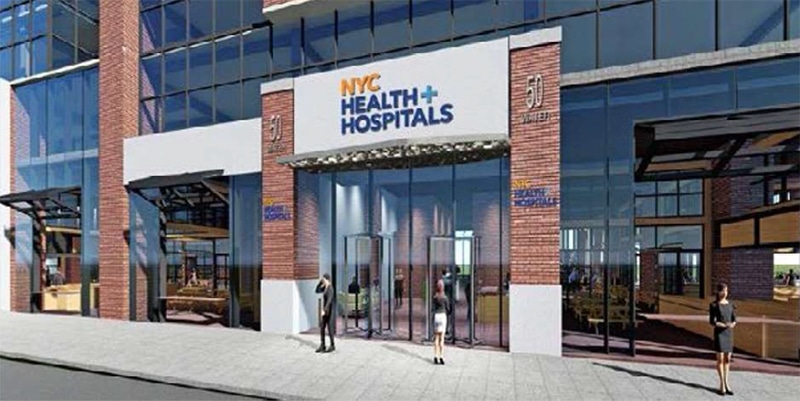Article originally published in Healthcare Call Center Times August 2020
NYC Health + Hospitals is the largest public hospital system in the nation. It has 11 hospitals and more than 60 other locations through the city and over one million patients. Five years ago, Kaushal Challa, the Chief Operating officer of Ambulatory Care (he has recently left his position for new opportunities), decided that one of his top five initiatives would be to construct a centralized contact center operation. “We are a fragmented system with each of our hospitals having storied histories,” he says. Each of the hospitals handled their scheduling process differently. He felt that this arrangement produced sub-optimal results.
The goal would be to construct a system contact center that combined scheduling and after-hours messaging. Each of the hospitals had different medical records systems but the decision was made to consolidate while at the same time working toward moving toward an Epic platform for everyone.
New York City is a very large city, so large that it didn’t make sense to try to consolidate in one central physical location. After all, the workforce would be comprised of experienced people already doing this function in the practices. So, four physical locations were established in the various boroughs. The locations are all in system hospitals rather than in free-standing structures. “We are very proud that we have live humans that can answer the phone in seven different languages,” he says. “They can schedule appointments and route calls appropriately for clinical questions.”

The contact center is open from 8 a.m. to 7 p.m. with after-hours coverage provided by an offsite vendor so the service can be 24/7. Altogether, 80 people work in the center. It is one thing to book appointments for patients and something else to remind them of their appointments. Each of the hospitals functions with its own budget. Some of the hospitals have chosen to have automated voice recordings to confirm appointments while others chose not to do so. Recently, the decision was made to move to a text messaging application.
“We wanted an enterprise solution that would integrate with medical records,” Challa says. Once a patient confirms or cancels their appointment then this information can go right into the medical record and the clinic notified. The healthcare organization decided to work with the digital health company Lumeon, whose North American headquarters are in Boston.
One of the wrinkles in this healthcare system’s way it handles patient throughput is that walk-ins are allowed. While appointments are strongly recommended, walk-ins will be accommodated. So, for example, if a patient has an appointment for 2:30 p.m. and cancels it that morning, the opportunity could be there for a same day appointment to take that slot, or perhaps a walk-in. Knowing whether or not the patient is going to attend the appointment helps the practice plan their day.
Patients are automatically signed up for the text message reminders, but can opt out if they so choose. And, some do, preferring to get their reminder via the phone or email. However, Challa says that the overwhelming number of patients choose the text messaging option.
Right now, text messaging can occur in 14 different languages including Spanish, Mandarin, Polish, Russian, and Cantonese. With each patient’s health record is a statement of their preferred language and that is what the system draws on to construct the messages. Patients can confirm, cancel or connect directly with the contact center to reschedule their appointments.

The text messaging program debuted at one hospital in July 2019 and by this summer is expected to be in use by all the hospitals in the system. To understand just how successful this strategy has been, the missed appointment statistics were calculated for the first hospital to do it, comparing the last six months of 2018 with the last six months of 2019. For the six month period in 2018, the missed appointment rate was 27 percent. For the same six month period in 2019, the missed appointment rate was 21 percent.
Also, to keep these percentages in proper context, during this time period, patients responded to 24 percent of the text messages to confirm, cancel, reschedule or ask for help. Of the remaining 76 percent that did not respond, some went to their appointments as regularly scheduled, and others did not, he says.
Find out more about Lumeon’s appointment reminder solution here

